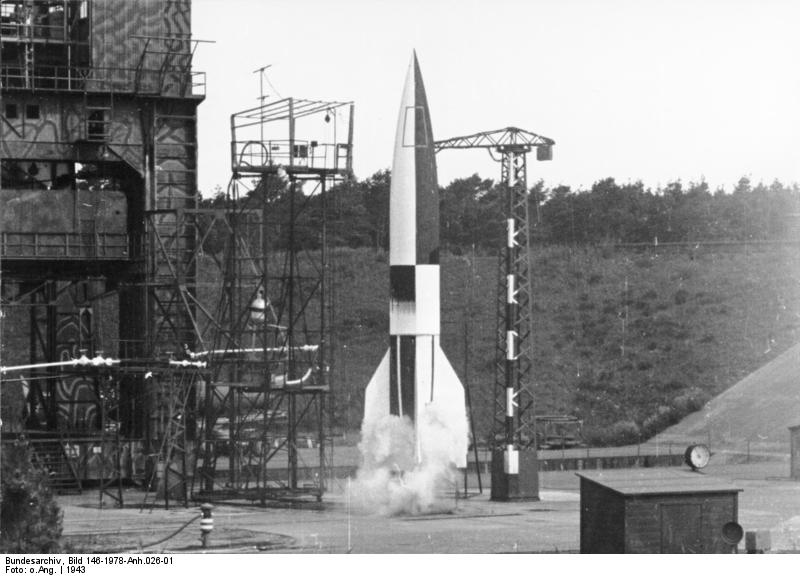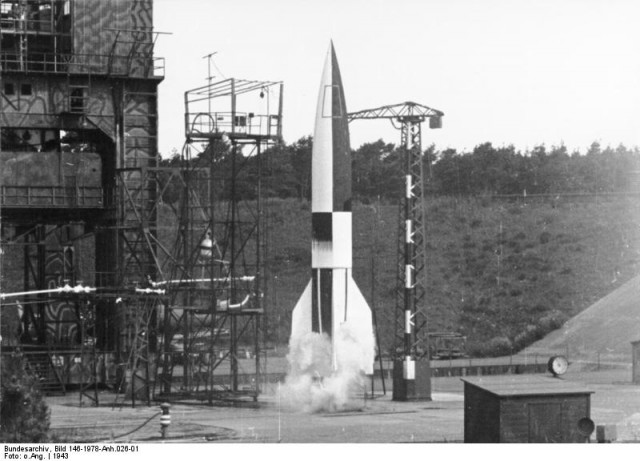
Allied intelligence about the so called Nazi “Wonder Weapons” was lacking throughout World War Two. Allied intelligence services therefore jumped at the opportunity to get hold of a V-2 rocket. The rocket had been test fired by the Nazis in rural Poland in the summer of 1944, but the launch failed and it was found by the Polish Home Army before the German troops could find out where it had crashed. The Polish Home Army notified the British and it was immediately arranged for the rocket to be disassembled and the most vital parts to be flown back to the UK to be studied.
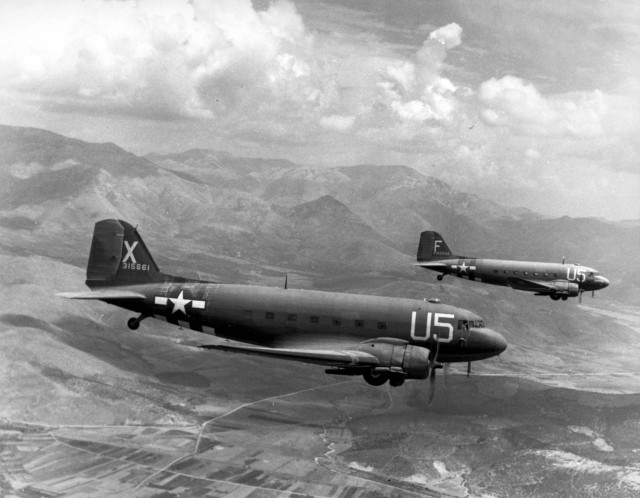
Based in southern Italy, a Douglas C-47 Skytrain, a transport aircraft used during World War Two, was refitted and provided with extra tanks for fuel to enable it to fly to Poland and collect the rocket. The four man crew included Szrajer a Polish interpreter and Co-Pilot and one a very experienced special operations pilots. It took off on July 25th 1944 and flew to Tarow, 200 km south of Warsaw over Nazi controlled Hungary and Yougoslavia.
Signal lights on the ground showed them where to land on a makeshift airstrip which proved to be on very soft ground. Once the crew and Polish Home Army had loaded the rocket parts and five extra passengers, they wanted to fly back to Italy, but the plane was stuck in the mud. The heavy cargo and passengers were off-loaded and many attempts were made to get the wheels free of the muddy ground.
Thinking the brakes must be stuck on the crew went so far to cut the brake leads that were connected to the wheels, but to no avail. Unfortunately this action caused all the hydraulic fluid to leak away.
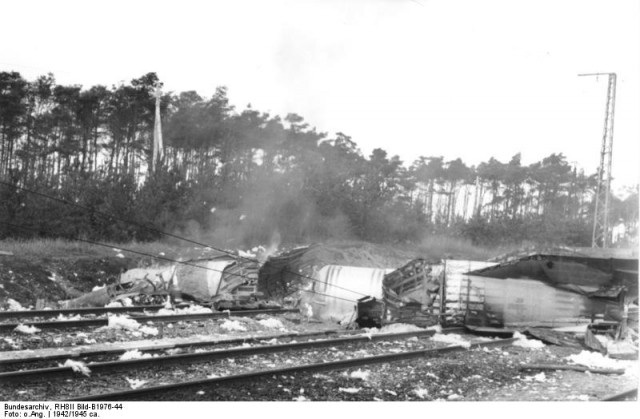
Toward dawn and with time running out the home army soldiers dug trenches for the wheels to drive through. With both engines at full power the plane finally started to move and was able to take off and made it just over the trees that lined the airstrip.
With the hydraulics not working, the aircraft’s undercarriage would not retract and “all available” liquids were used to build up enough pressure so that it could be retracted by hand pump by the crew.
After 25 hours in the air flying back to Italy, the plane then had to land back without brakes. However, the experienced crew managed to land the plane and its load safely. The squadron was praised for its bravery and ability to get through the difficult situation behind enemy lines, The Telegraph reports.
The V-2 rocket parts were later flown to the UK for further investigation and the crew was awarded medals by the Polish government, which was at that time in exile in England.
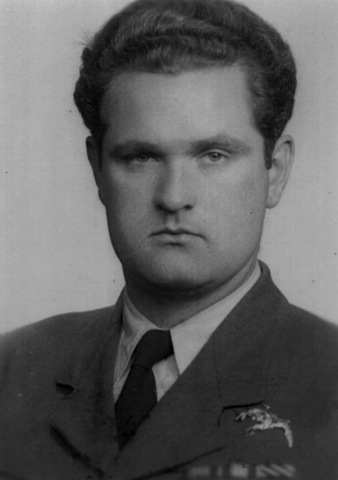
Kazimierz Szrajer was the interpreter and Co-Pilot who took part in the mission. He was an experienced war-time pilot flying with the Polish 301 Squadron who flew more than twenty bombing raids over Germany.
He later flew with 138 Squadron, flying a Halifax bomber on more than twenty further missions, mainly to get supplies to troops and resistance fighters throughout Europe. Szrajer’s 100th and final operation was dropping supplies to the Polish people during the Warsaw uprising in August 1944.
